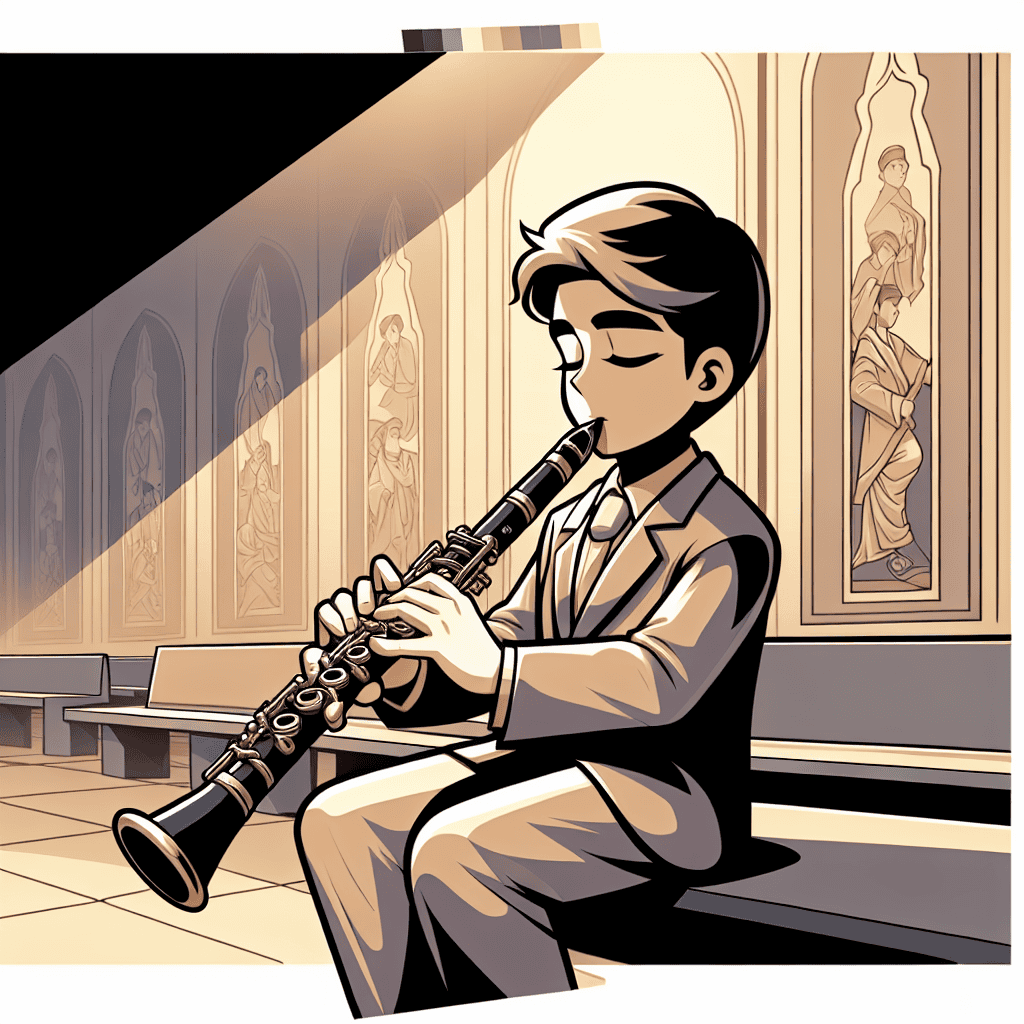If you've been playing clarinet for a while or you're just starting out, you know that embouchure plays a major role in crafting your sound. But what about the clarinet embouchure pressure distribution? This often-overlooked aspect is what separates clearer tones from muffled sounds and strong projection from weak notes. So, here's the lowdown on getting your embouchure pressure just right for better tones and more relaxed playing.
Think of your reed, lips, and teeth as a team, each contributing something vital to your performance. If one part of this team isn't doing its job—or maybe overdoing it—it creates unnecessary strain. That's why pressure distribution is as important as practicing your scales or perfecting your tonguing technique.
Understanding Embouchure Pressure Distribution
Let's break it down: proper pressure distribution is about how you apply force with your lips against the reed while controlling the overall firmness of your embouchure. It involves your bottom lip, your teeth resting gently on the top of the mouthpiece, and a balanced seal around the mouthpiece itself. Everything should work together smoothly, like a well-oiled machine.
Too much pressure? You risk choking off the reed's vibrations, which makes your sound thin or stifled. Too little pressure, on the other hand, may result in airy, weak tones that lack definition. For a responsive and warm tone, maintaining careful pressure across all parts of your embouchure is the goal players aim for.
| Pressure Level | Result |
|---|---|
| Too Much | Thin or stifled sound |
| Too Little | Airy, weak tones |
| Just Right | Responsive, warm tone |
Signs Your Embouchure Needs Adjustment
How can you tell if your clarinet embouchure pressure distribution needs work? It's all in the sound. If you notice squeaking, inconsistent tones, or fatigue, your embouchure might not be as balanced as it could be.
Squeaks often mean your reed isn't vibrating freely because of uneven pressure—or that your reed might need replacement. Fatigue? That's often caused by muscles being overly engaged, maybe from biting down on the mouthpiece too hard. A consistently breathy tone signals that your lips aren't sealing properly. All these issues trace back to your embouchure habits and how you distribute pressure.
Practical Tips for Better Pressure Distribution
Let's get practical! So, how do you improve your embouchure?
- Check Your Bottom Lip: The bottom lip acts as a cushion between your teeth and the reed. Roll your lip slightly over your bottom teeth without pressing or biting down hard.
- Top Teeth Placement: Your top teeth should rest lightly on the mouthpiece. Avoid biting, and make sure the pressure is firm enough to stabilize the instrument without clamping down.
- Maintain a Rounded Shape: Think of your lips forming an “O” around the mouthpiece. This helps create even pressure and a solid seal to support airflow.
- Experiment with Reed Strength: Lighter reeds are easier to play but require gentler pressure, while harder reeds call for more careful balance. If you're switching reeds often, adjust your embouchure accordingly.
- Don't Overthink It: While it's useful to analyze your technique, avoid getting so caught up in the details that it adds tension. Play naturally, recording yourself now and then to gauge improvement.
For Beginners: Start Simple
If you're just starting with the clarinet, getting embouchure pressure right can feel overwhelming. Start with a simple exercise: play a long tone, focusing on creating a steady, rich sound. Pay attention to how your lips feel and adjust pressure wherever it feels uneven. Repeat this every practice session to build muscle memory.
Also, listen to the instrument's feedback! Especially with brands like Martin Freres Clarinets, their reeds and mouthpieces give clear audio cues if something's not quite right. For example, if you hear sudden squeaks, it might be time to reevaluate your lip placement or pressure balance. Take it slow. Precision comes with time, not overnight.
For Advanced Players: Refine Your Technique
Even experienced clarinetists benefit from small changes in their embouchure. Advanced players should focus on subtle details, like relaxing the jaw and maintaining airflow consistency. One effective method? Play loud-to-soft crescendos at different pitches, paying close attention to when your sound thins out or when the reed starts breaking from too much pressure.
Sustaining higher altissimo notes also tests mastery of pressure distribution. These pitches demand just the right combination of support and control. Practicing with a tuner can help, since improper pressure leads to pitch instability, especially on higher tones.
Common Mistakes (and Fixes!)
Nobody's perfect, so let's tackle a few mistakes most players encounter:
- Biting the Reed: This is common when players feel rushed to improve tone quality. Instead, back off the pressure and let the reed vibrate naturally. Focus on steadying your airflow instead.
- Ignoring Reed-Mouthpiece Compatibility: Not all reeds and mouthpieces are created equally. If your setup feels awkward, consult a fellow clarinetist. Brands like Martin Freres Clarinets are known for balancing reed and mouthpiece combinations well, so experimenting might reveal what works best for you.
- Muscle Fatigue: Overworking your facial muscles reduces endurance over time. Take regular breaks. Muscle development needs rest to avoid injury or unproductive habits.
The Role of the Right Equipment
Your clarinet itself plays a role in how you manage embouchure pressure. If your instrument's mouthpiece is poorly aligned, or your ligature doesn't clamp the reed firmly but gently, it's like trying to run in shoes that don't fit. For example, well-made clarinets like those from Martin Freres are known for their consistency, allowing players to focus on technique rather than struggling with the instrument's setup.
If you're constantly squeaking or straining, inspecting your clarinet's components may highlight minor adjustments that make a big difference. If in doubt, consult a professional technician who can help adjust your instrument for better alignment and response.
How Practice Builds Consistency
Mastering proper clarinet embouchure pressure distribution doesn't happen in one sitting—or even a week. Regular, mindful practice is what solidifies progress. Set specific goals, like focusing on just one tone quality improvement each session. Layer these changes one at a time until they become natural.
Above all, enjoy the journey. Playing clarinet isn't solely about perfect technique—it's about expression. When pressure and embouchure become second nature, the music takes center stage. That's where the joy lives!







